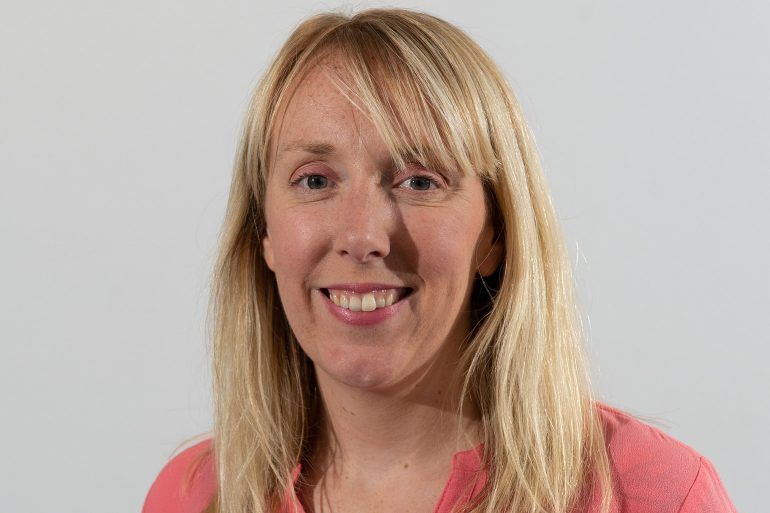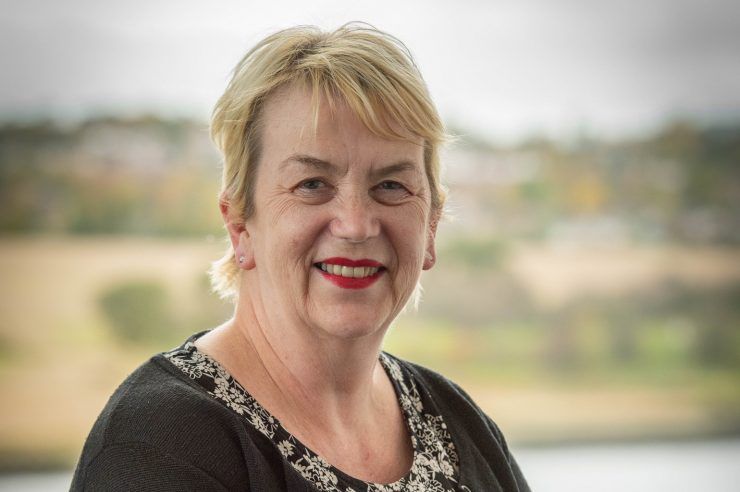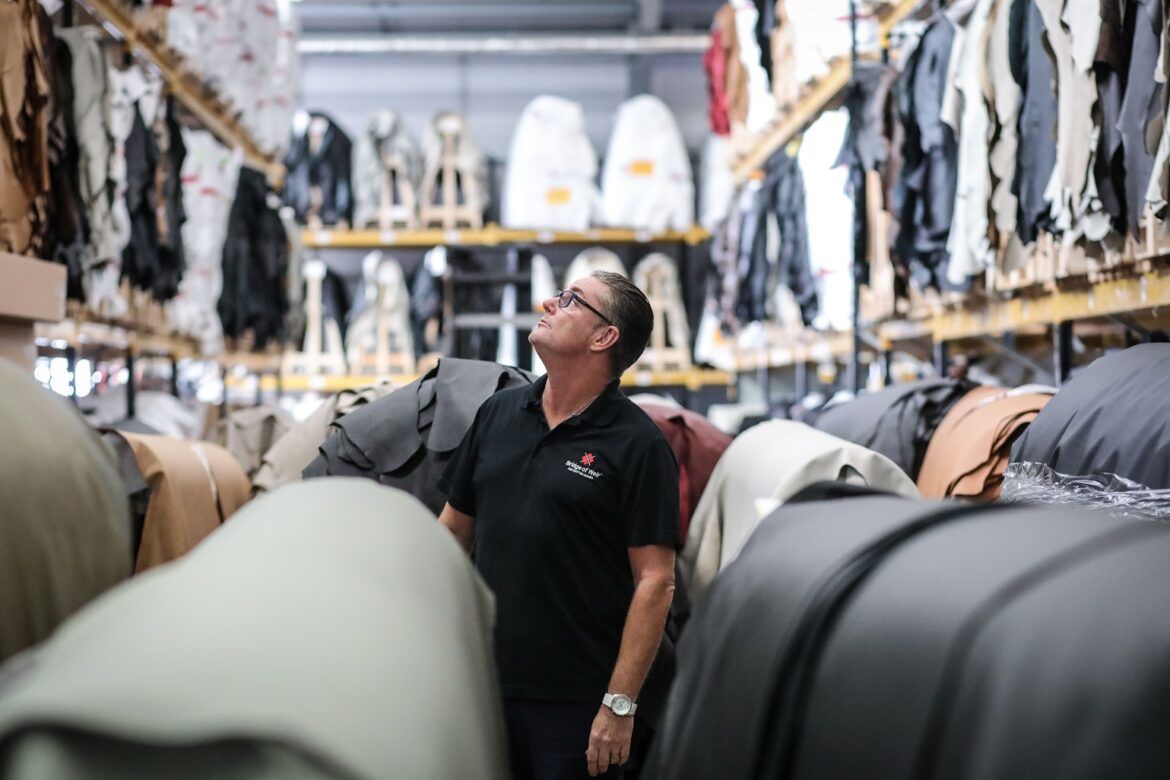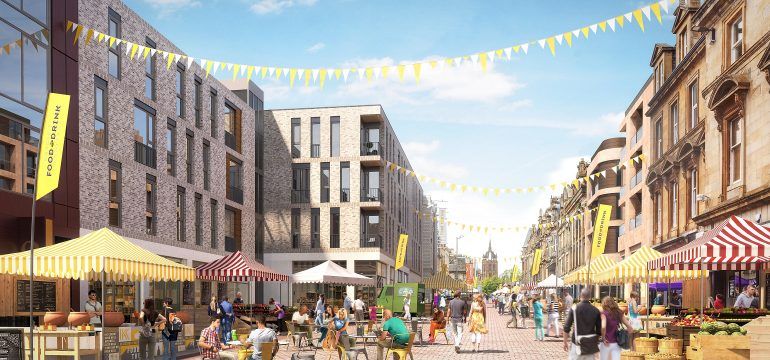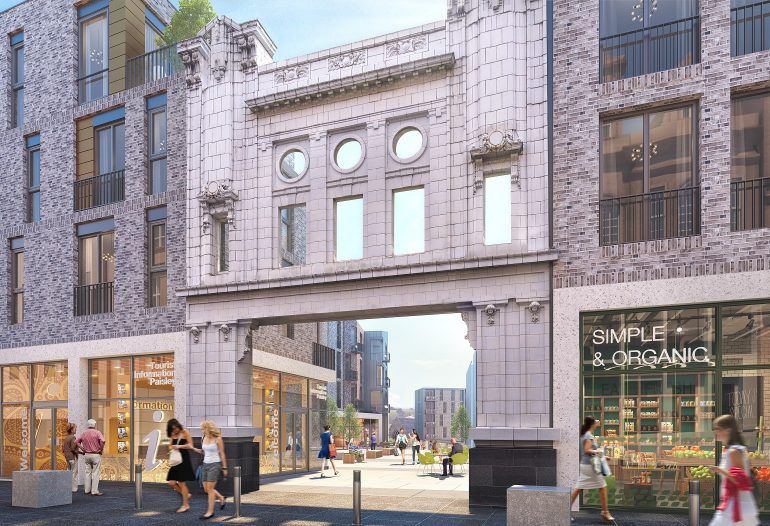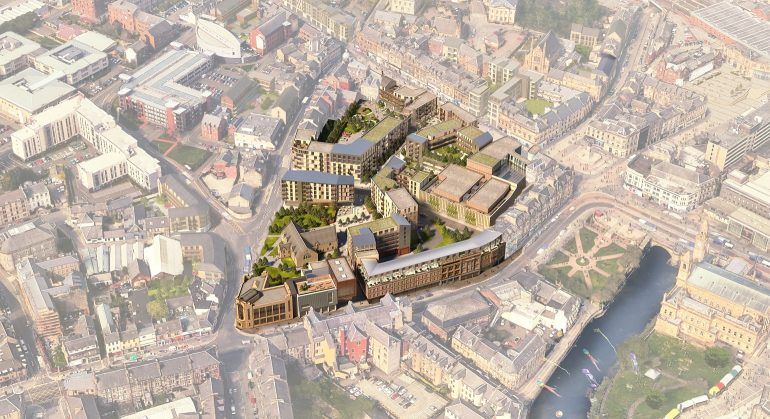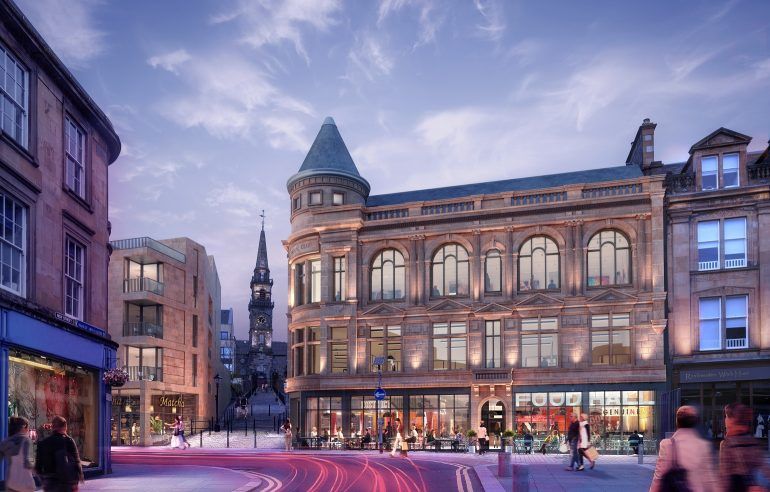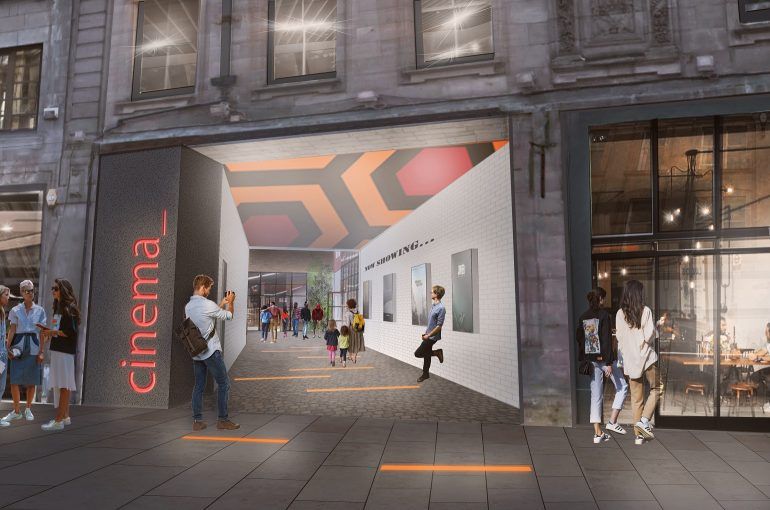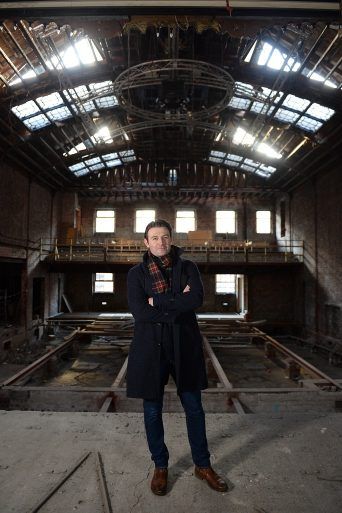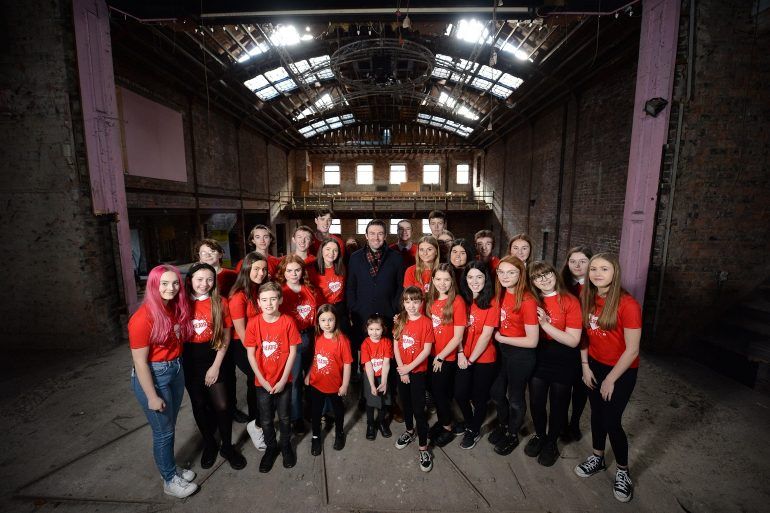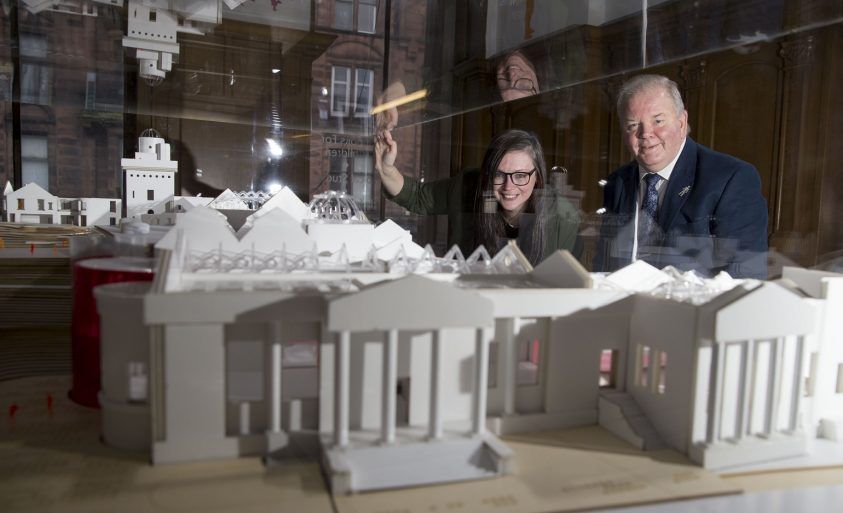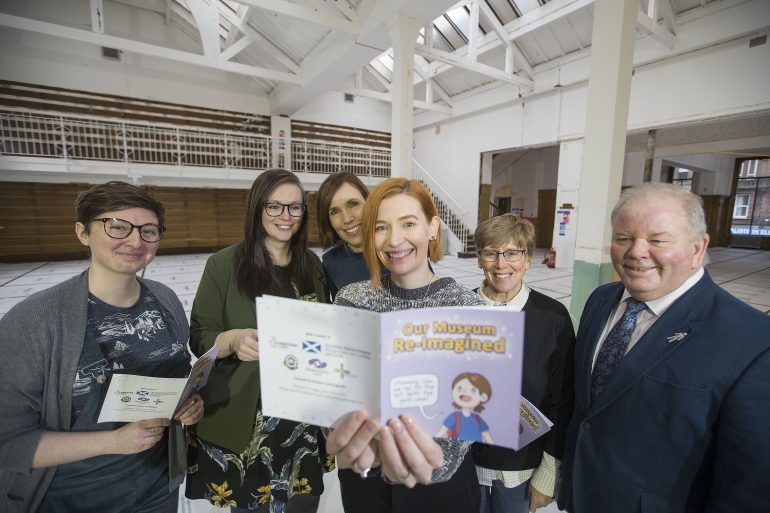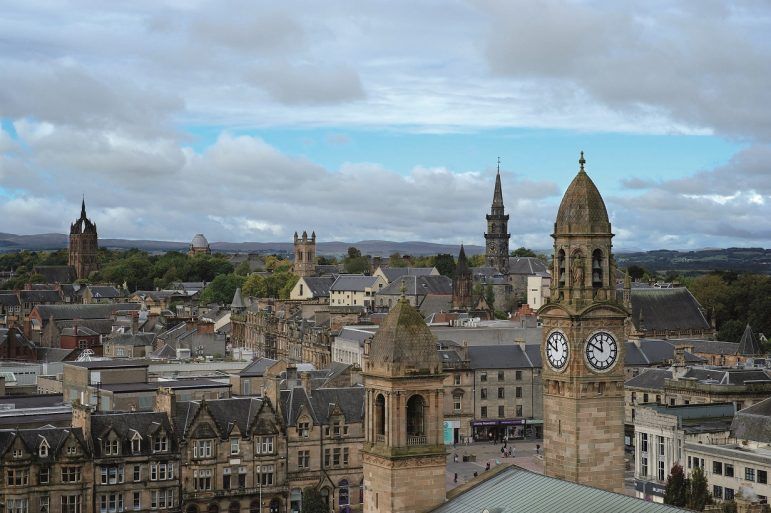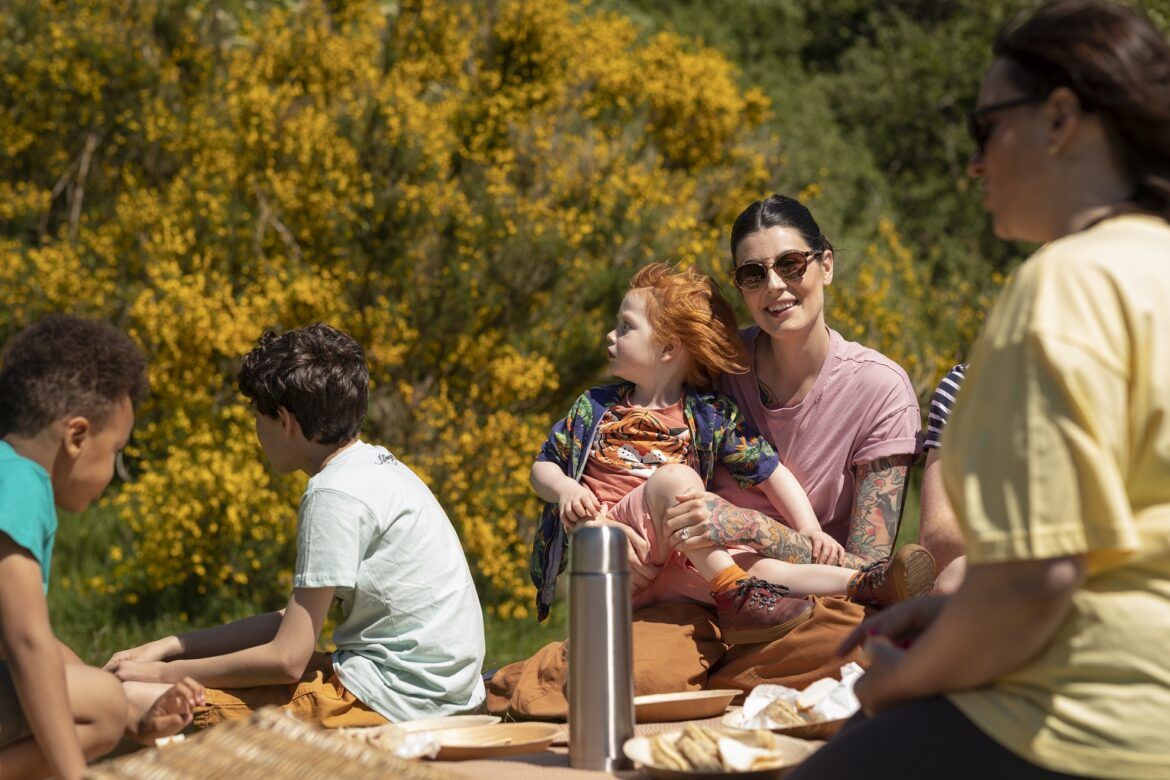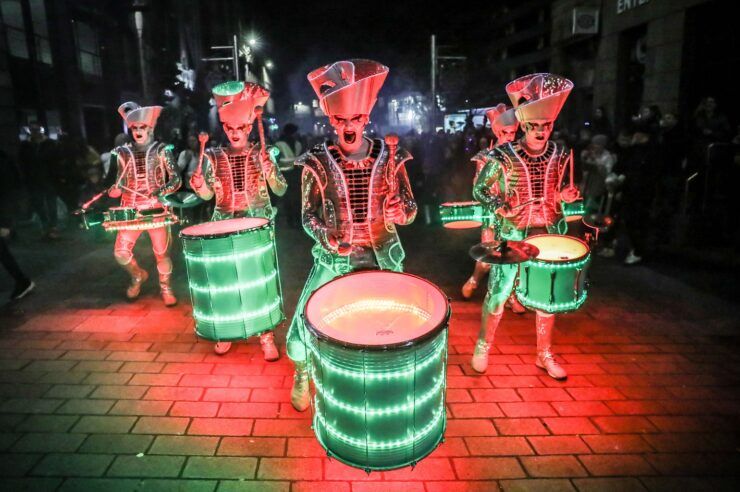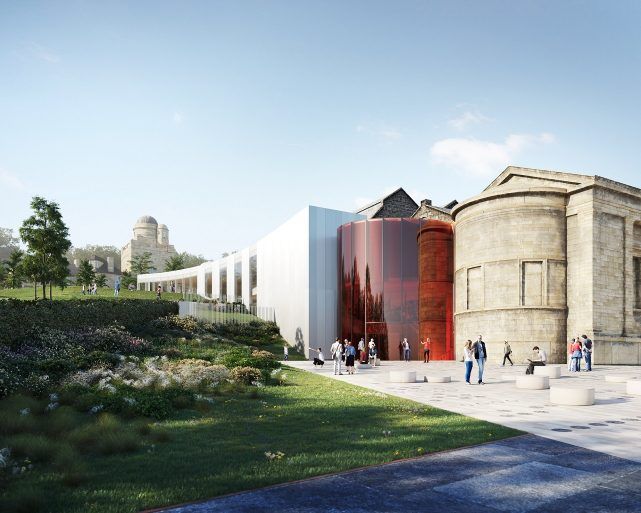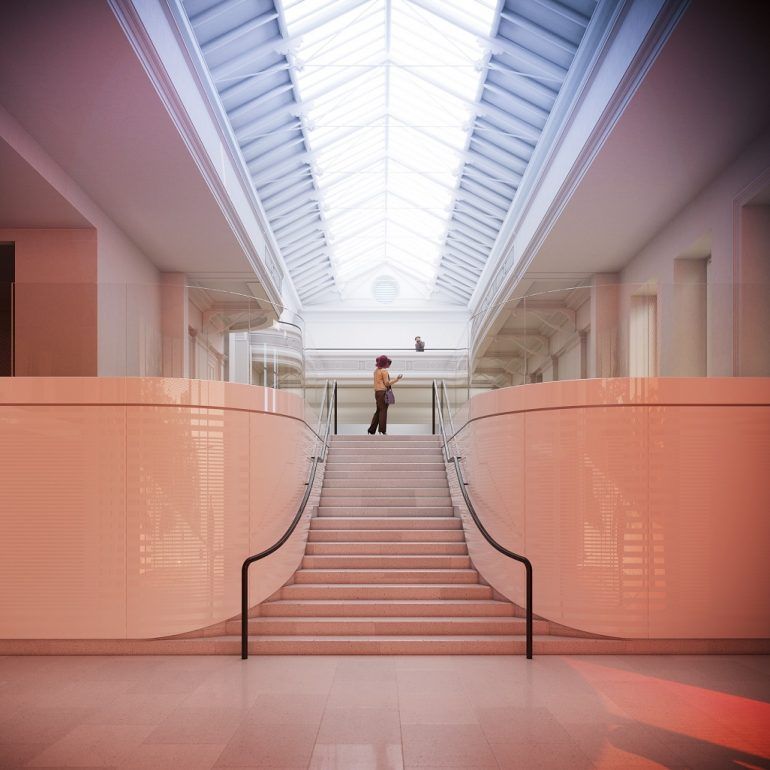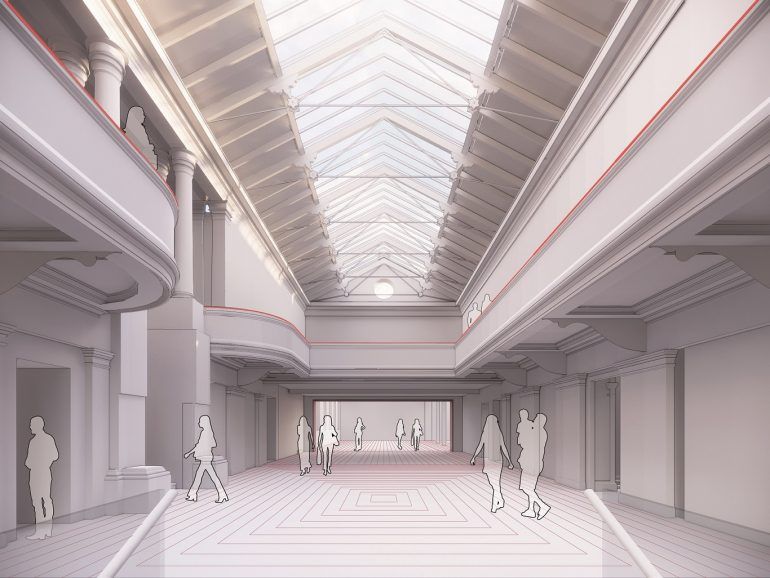Fortune 500 company DXC Technology provide IT solutions to 6000 customers across 70 countries, counting Amazon, Dell, Hewlett Packard and Microsoft among its strategic partners.
Amongst the 800-strong staff at their Renfrewshire hub is Sian Parfitt, who leads a team which turns raw data into meaningful performance analysis.
The former Business Studies and IT teacher from Derbyshire is now sharing her expertise with Renfrewshire’s Economic Leadership Panel and here, she explains the importance of ‘not standing still’ and her hopes for the region she proudly calls home.
“I was teaching in a secondary school in Somerset when I happened to meet a Scotsman, who was working in the Navy.
When he was redeployed to Scotland, I decided to move north with him and I managed to get a job as a project manager for an aerospace company before moving to Hewlett Packard.
I started as a scheduler, which is quite a niche skill, managing and maintaining the governance of and the schedules for about 60 projects at a time. I have held quite a few positions here, originally with Hewlett Packard then subsequently with DXC Technology [the company formed in 2017 from a merger with Hewlett Packard Enterprise Services and CSC]. For two years I ran the project management graduate and apprentice programme and I’ve recently started in a new role leading our Project Management Office measuring and reporting team.
I don’t tend to stay in the same role too long as the world is changing and I want to be a part of that change, I don’t want to sit still. I think everybody should do that and I always advise our graduates and apprentices to look beyond their current role as it’s a big world with such a lot going on.
At DXC Technology we have 6000 customers worldwide and in the UK and Ireland, our main customers are people like the Ministry of Defence, Ministry of Justice, Rolls-Royce, businesses from the insurance and banking sectors. All our projects are IT projects, like rolling out Windows 10 or securing and storing data.
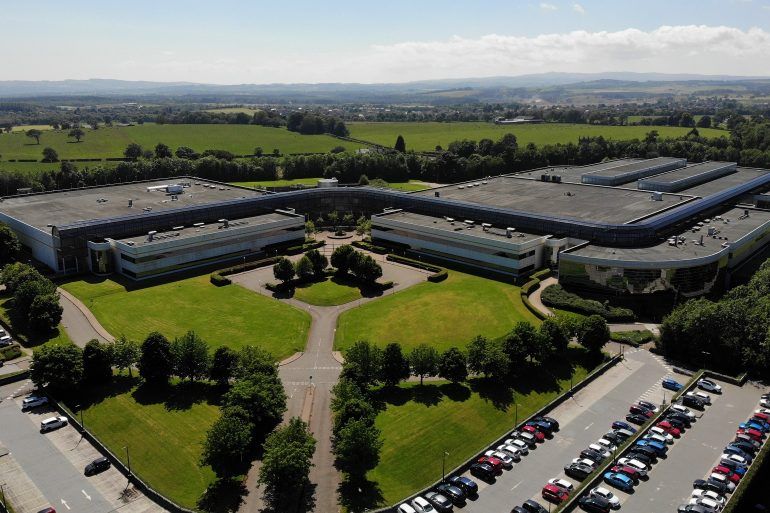
We have a project with a racing car company, looking at performance analytics to help them knock vital seconds off their drive times. We do a lot of work with the NHS and health services in other countries, helping them to understand and track patient information.
I’m responsible for the team producing all the reports and taking data, data and more data, turning it into meaningful information which helps the project delivery teams to assess their project’s performance and ensure we’re delivering on budget, on time and on quality.
My job suits me as I like facts. I like it when I can make a decision based on the information in front of me. I don’t like ambiguity and, if there is ambiguity, I want to be able to understand why and ultimately remove the ambiguity.
It’s the same in my personal life, I am definitely an organiser…and I run a tight ship. We have a calendar with three columns: mine, my husband’s and one for birthdays and joint events. We’ve two dogs (Buddy, a golden retriever puppy and Toby, a rescue retriever) to look after so it’s important to have a schedule of who is doing the morning and lunchtime walks.
I love living in Renfrewshire and I think it’s already a great place to live and to work – the people are so friendly that I can’t walk the dogs for more than 100 metres without someone stopping for a chat. From great walks to shops and my gym membership, I have everything I need on my doorstep.
When I first joined the Economic Leadership Panel, to begin with because of my background with graduates and apprentices, I wanted to promote a focus on skills. Now, it’s become much more than that.
Because of how much I love working and living here, I want to champion everything we have to offer and for Renfrewshire to be recognised as a place with major employers, a place that’s vibrant and that people want to live and work here.
I see that everyone on the panel is 100% committed to making our local economy work. I’m still very passionate about getting things right for our young people. We need to make it easy for them to be able to access the right career path as that way, down the line we will have skilled people invested in their communities.
I want DXC Technology and all other businesses in Renfrewshire to benefit from home grown talent and for that to happen it’ll take a partnership with our schools, colleges and universities to ensure young people have the right skills that local employers need.
The world is evolving and if we stand still, we’ll be left behind, as businesses, as a country. It’s so important to move with the times, innovate and create the leaders of tomorrow. We can’t expect that to happen, we need to make that happen.”
